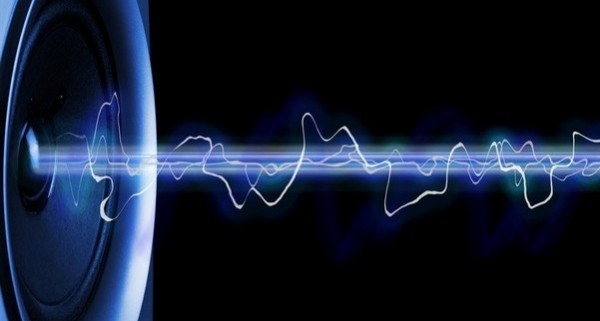8 steps to explain what “sound” is.
What is a sound?
If you want to know why this tutorial was made, you’ll find out more in this post:
And you got our entire website to hear if we’re talking about something that we can do.
We want to hear about you!
If you found this post useful, please: share your experience with us on our social pages!
Maybe together with a link to what you’ve created, and using our official hashtag #lmkmprod to let us find you all.
We’re looking forward to hear about you!







Leave a Reply
Want to join the discussion?Feel free to contribute!